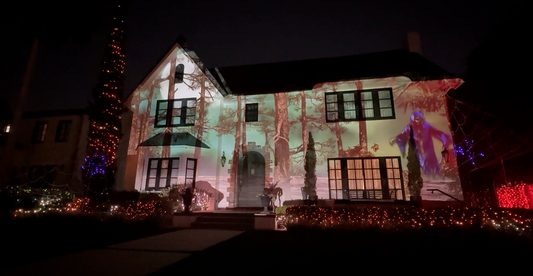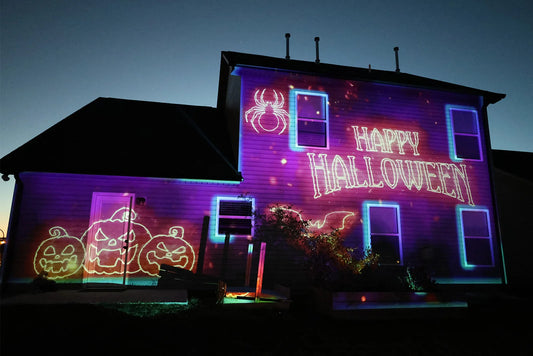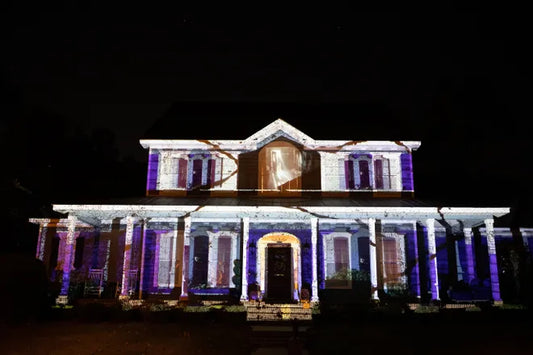Projection mapping is a rapidly growing technology that has been used in a variety of applications, including advertising, entertainment, and events. However, one area that is often overlooked is its potential use in museums. Projection mapping can transform museum exhibits by bringing them to life in new and exciting ways.
Museum curators can use projection mapping technology like Luxedo to enhance their exhibits and engage their visitors. Here are some ideas on how a museum curator could use Luxedo:
- Bring Paintings to Life: Projection mapping can be used to add an interactive element to paintings. By projecting animations or videos onto the canvas, visitors can see the painting in a new way and learn more about its history and significance.
- Create Immersive Environments: Projection mapping can be used to transform entire rooms or galleries into immersive environments. For example, a curator could use Luxedo to project images of a forest onto the walls of a room, creating a multisensory experience for visitors.
- Add Movement to Static Objects: Many museum exhibits feature static objects such as sculptures or fossils. By projecting animations onto these objects, curators can add movement and interactivity, making the exhibit more engaging for visitors.
- Highlight Details: Projection mapping can be used to highlight specific details of an exhibit. For example, a curator could project a magnified image of an insect onto a wall, allowing visitors to see the tiny details that might otherwise be missed.
- Tell Stories: Projection mapping can be used to tell stories in a compelling and interactive way. By using a projector to show images and videos onto different surfaces, curators can create a narrative that takes visitors on a journey through time and space.
In conclusion, projection mapping technology like Luxedo can be a powerful tool for museum curators. By using it to enhance their exhibits and engage their visitors, they can create a more immersive and memorable experience for everyone and transform the way exhibits are seen.




